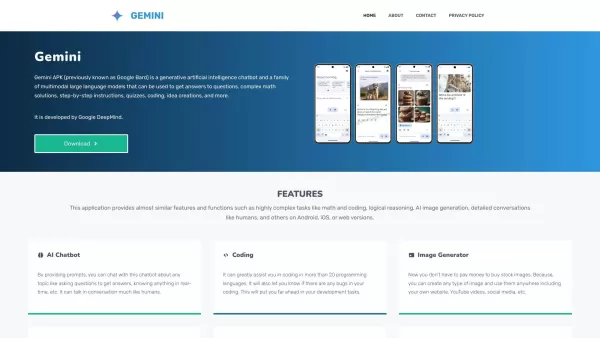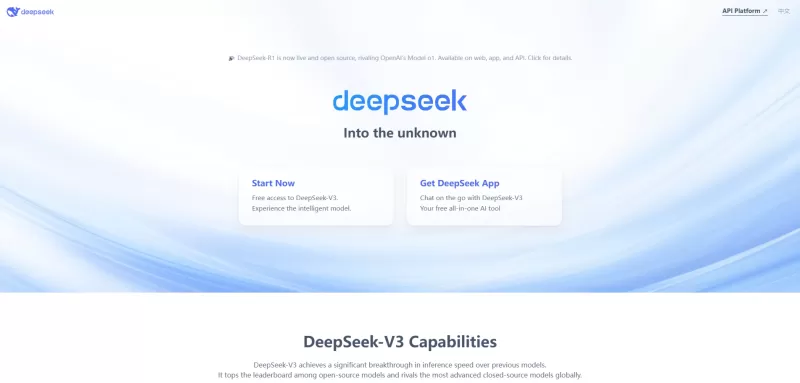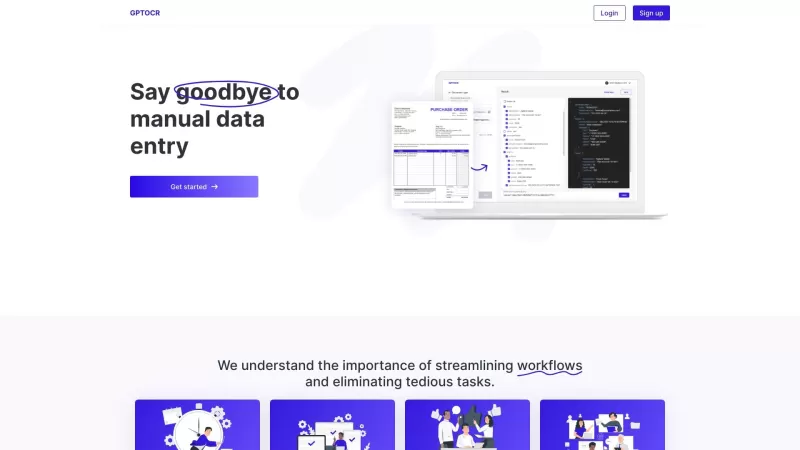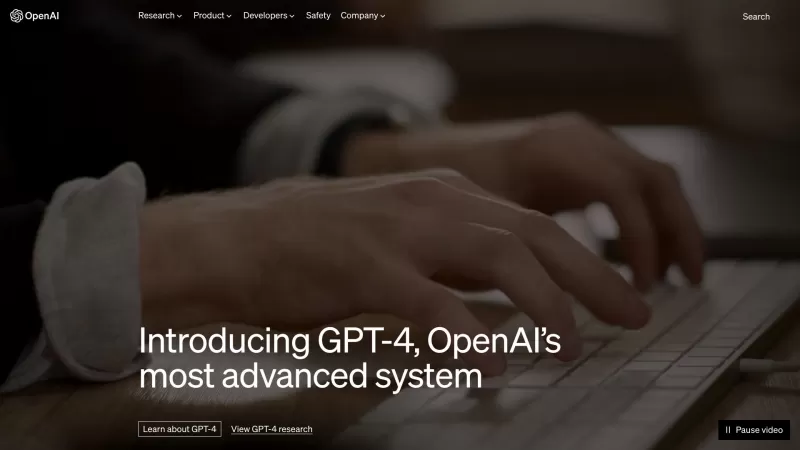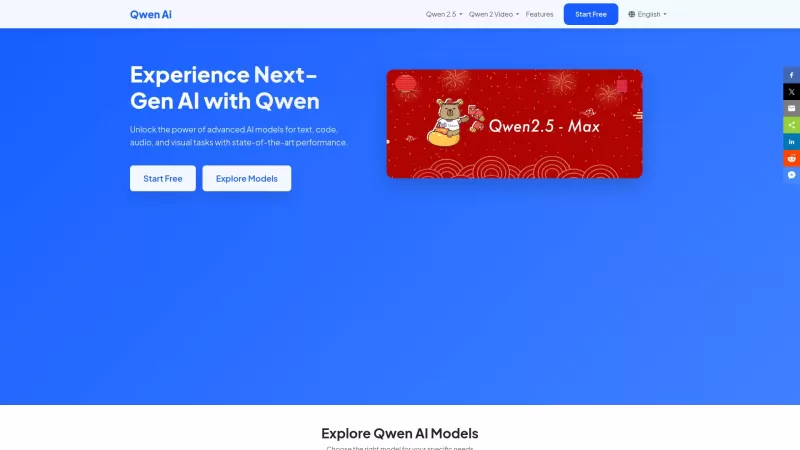Unlock 99% of Hidden Data Now Optimized for AI
For generations, organizations across industries have understood that their accumulated information represents a transformative asset – one capable of enhancing customer interactions and shaping data-driven business strategies with unparalleled precision.
Today, as artificial intelligence transitions from theoretical potential to practical business solutions, the strategic value of enterprise data has reached unprecedented heights. However, unlocking this value demands meticulous attention to data infrastructure - from systematic collection and cleaning to rigorous governance protocols addressing privacy, regulatory compliance, and security concerns from day one.
In an exclusive discussion with Henrique Lemes, IBM's Americas Data Platform Leader, we examined the complex realities enterprises encounter when operationalizing AI across diverse business scenarios. Our conversation began with a fundamental examination of data taxonomy and its critical relationship with effective AI implementation.
Henrique emphasized that the blanket term 'data' fails to capture the multifaceted reality of enterprise information systems. Contemporary organizations must navigate a complex ecosystem of disparate data formats with varying degrees of structural integrity - particularly when bridging structured and unstructured information repositories.
Structured data represents information organized in standardized, machine-readable formats designed for efficient computational processing and analytical operations.
Conversely, unstructured data encompasses information lacking systematic organization, presenting significantly greater processing challenges. This category includes diverse digital assets ranging from email communications and multimedia content to social media interactions and document archives. Though more complex to analyze, these sources contain invaluable business insights that, when properly harnessed, can drive innovation and inform crucial strategic decisions.
"Currently, enterprise AI systems utilize less than 1% of available organizational data," Henrique observed. "With unstructured content constituting over 90% of this overlooked information, we're facing fundamental challenges regarding data reliability and utility."
The trust factor in enterprise data represents a critical consideration. Business leaders require absolute confidence in the completeness, accuracy, and ethical sourcing of their information assets. Yet research indicates that fewer than half of available data resources are leveraged for AI applications, with unstructured content frequently excluded due to processing complexities and compliance verification challenges - particularly at industrial scale.
"Transforming from selective data usage to comprehensive information utilization requires converting today's manageable streams into high-volume pipelines," Henrique explained, noting that while automated ingestion systems provide the solution, they must incorporate robust governance frameworks applicable to all data types.
Henrique outlined three foundational processes that unlock data's enterprise value: "First, establish automated, high-volume ingestion capabilities. Second, implement rigorous curation and governance protocols. Finally, make these resources generatively AI-accessible. This approach delivers over 40% greater ROI compared to conventional RAG implementations."

IBM delivers an integrated solution combining strategic guidance with advanced technical infrastructure. This enables organizations to systematically transform all data categories into AI-ready assets while maintaining strict compliance with existing governance structures. "We coordinate personnel, processes, and technology ecosystems," Henrique noted. "While inherently complex, we render this manageable through complete resource alignment."
As enterprises evolve, their data ecosystems grow in both volume and complexity - demanding equally adaptable AI ingestion frameworks. "Scaling challenges emerge when AI solutions designed for narrow applications attempt broader implementation," Henrique explained. "Suddenly, pipeline architectures become unwieldy, unstructured data management becomes imperative, and governance requirements intensify."
IBM's methodology involves mapping each client's AI adoption pathway, establishing clear milestones for ROI realization. "We emphasize data accuracy across all formats, coupled with comprehensive ingestion, lineage tracking, regulatory compliance, and monitoring capabilities. These elements collectively enable scalable, multi-use-case implementations that maximize data asset value."
Like all substantial technological implementations, building effective data pipelines requires time, appropriate tool selection, and forward-looking architectural planning. IBM provides enterprises - including the most stringently regulated global institutions - with robust tooling for AI deployment at any scale, making it an industry leader for mission-critical implementations.
Related article
 AI-Powered Cover Letters: Expert Guide for Journal Submissions
In today's competitive academic publishing environment, crafting an effective cover letter can make the crucial difference in your manuscript's acceptance. Discover how AI-powered tools like ChatGPT can streamline this essential task, helping you cre
AI-Powered Cover Letters: Expert Guide for Journal Submissions
In today's competitive academic publishing environment, crafting an effective cover letter can make the crucial difference in your manuscript's acceptance. Discover how AI-powered tools like ChatGPT can streamline this essential task, helping you cre
 US to Sanction Foreign Officials Over Social Media Regulations
US Takes Stand Against Global Digital Content Regulations
The State Department issued a sharp diplomatic rebuke this week targeting European digital governance policies, signaling escalating tensions over control of online platforms. Secretary Marco
US to Sanction Foreign Officials Over Social Media Regulations
US Takes Stand Against Global Digital Content Regulations
The State Department issued a sharp diplomatic rebuke this week targeting European digital governance policies, signaling escalating tensions over control of online platforms. Secretary Marco
 Ultimate Guide to AI-Powered YouTube Video Summarizers
In our information-rich digital landscape, AI-powered YouTube video summarizers have become indispensable for efficient content consumption. This in-depth guide explores how to build a sophisticated summarization tool using cutting-edge NLP technolog
Comments (0)
0/200
Ultimate Guide to AI-Powered YouTube Video Summarizers
In our information-rich digital landscape, AI-powered YouTube video summarizers have become indispensable for efficient content consumption. This in-depth guide explores how to build a sophisticated summarization tool using cutting-edge NLP technolog
Comments (0)
0/200
For generations, organizations across industries have understood that their accumulated information represents a transformative asset – one capable of enhancing customer interactions and shaping data-driven business strategies with unparalleled precision.
Today, as artificial intelligence transitions from theoretical potential to practical business solutions, the strategic value of enterprise data has reached unprecedented heights. However, unlocking this value demands meticulous attention to data infrastructure - from systematic collection and cleaning to rigorous governance protocols addressing privacy, regulatory compliance, and security concerns from day one.
In an exclusive discussion with Henrique Lemes, IBM's Americas Data Platform Leader, we examined the complex realities enterprises encounter when operationalizing AI across diverse business scenarios. Our conversation began with a fundamental examination of data taxonomy and its critical relationship with effective AI implementation.
Henrique emphasized that the blanket term 'data' fails to capture the multifaceted reality of enterprise information systems. Contemporary organizations must navigate a complex ecosystem of disparate data formats with varying degrees of structural integrity - particularly when bridging structured and unstructured information repositories.
Structured data represents information organized in standardized, machine-readable formats designed for efficient computational processing and analytical operations.
Conversely, unstructured data encompasses information lacking systematic organization, presenting significantly greater processing challenges. This category includes diverse digital assets ranging from email communications and multimedia content to social media interactions and document archives. Though more complex to analyze, these sources contain invaluable business insights that, when properly harnessed, can drive innovation and inform crucial strategic decisions.
"Currently, enterprise AI systems utilize less than 1% of available organizational data," Henrique observed. "With unstructured content constituting over 90% of this overlooked information, we're facing fundamental challenges regarding data reliability and utility."
The trust factor in enterprise data represents a critical consideration. Business leaders require absolute confidence in the completeness, accuracy, and ethical sourcing of their information assets. Yet research indicates that fewer than half of available data resources are leveraged for AI applications, with unstructured content frequently excluded due to processing complexities and compliance verification challenges - particularly at industrial scale.
"Transforming from selective data usage to comprehensive information utilization requires converting today's manageable streams into high-volume pipelines," Henrique explained, noting that while automated ingestion systems provide the solution, they must incorporate robust governance frameworks applicable to all data types.
Henrique outlined three foundational processes that unlock data's enterprise value: "First, establish automated, high-volume ingestion capabilities. Second, implement rigorous curation and governance protocols. Finally, make these resources generatively AI-accessible. This approach delivers over 40% greater ROI compared to conventional RAG implementations."

IBM delivers an integrated solution combining strategic guidance with advanced technical infrastructure. This enables organizations to systematically transform all data categories into AI-ready assets while maintaining strict compliance with existing governance structures. "We coordinate personnel, processes, and technology ecosystems," Henrique noted. "While inherently complex, we render this manageable through complete resource alignment."
As enterprises evolve, their data ecosystems grow in both volume and complexity - demanding equally adaptable AI ingestion frameworks. "Scaling challenges emerge when AI solutions designed for narrow applications attempt broader implementation," Henrique explained. "Suddenly, pipeline architectures become unwieldy, unstructured data management becomes imperative, and governance requirements intensify."
IBM's methodology involves mapping each client's AI adoption pathway, establishing clear milestones for ROI realization. "We emphasize data accuracy across all formats, coupled with comprehensive ingestion, lineage tracking, regulatory compliance, and monitoring capabilities. These elements collectively enable scalable, multi-use-case implementations that maximize data asset value."
Like all substantial technological implementations, building effective data pipelines requires time, appropriate tool selection, and forward-looking architectural planning. IBM provides enterprises - including the most stringently regulated global institutions - with robust tooling for AI deployment at any scale, making it an industry leader for mission-critical implementations.
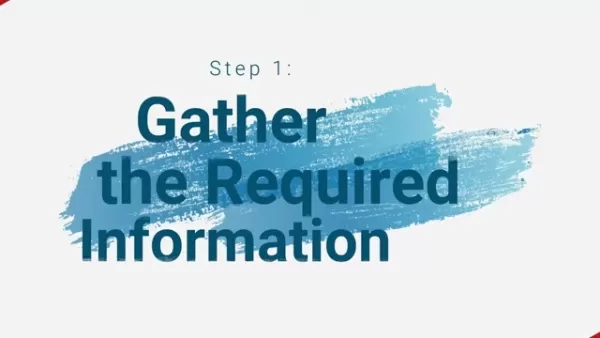 AI-Powered Cover Letters: Expert Guide for Journal Submissions
In today's competitive academic publishing environment, crafting an effective cover letter can make the crucial difference in your manuscript's acceptance. Discover how AI-powered tools like ChatGPT can streamline this essential task, helping you cre
AI-Powered Cover Letters: Expert Guide for Journal Submissions
In today's competitive academic publishing environment, crafting an effective cover letter can make the crucial difference in your manuscript's acceptance. Discover how AI-powered tools like ChatGPT can streamline this essential task, helping you cre
 US to Sanction Foreign Officials Over Social Media Regulations
US Takes Stand Against Global Digital Content Regulations
The State Department issued a sharp diplomatic rebuke this week targeting European digital governance policies, signaling escalating tensions over control of online platforms. Secretary Marco
US to Sanction Foreign Officials Over Social Media Regulations
US Takes Stand Against Global Digital Content Regulations
The State Department issued a sharp diplomatic rebuke this week targeting European digital governance policies, signaling escalating tensions over control of online platforms. Secretary Marco
 Ultimate Guide to AI-Powered YouTube Video Summarizers
In our information-rich digital landscape, AI-powered YouTube video summarizers have become indispensable for efficient content consumption. This in-depth guide explores how to build a sophisticated summarization tool using cutting-edge NLP technolog
Ultimate Guide to AI-Powered YouTube Video Summarizers
In our information-rich digital landscape, AI-powered YouTube video summarizers have become indispensable for efficient content consumption. This in-depth guide explores how to build a sophisticated summarization tool using cutting-edge NLP technolog


